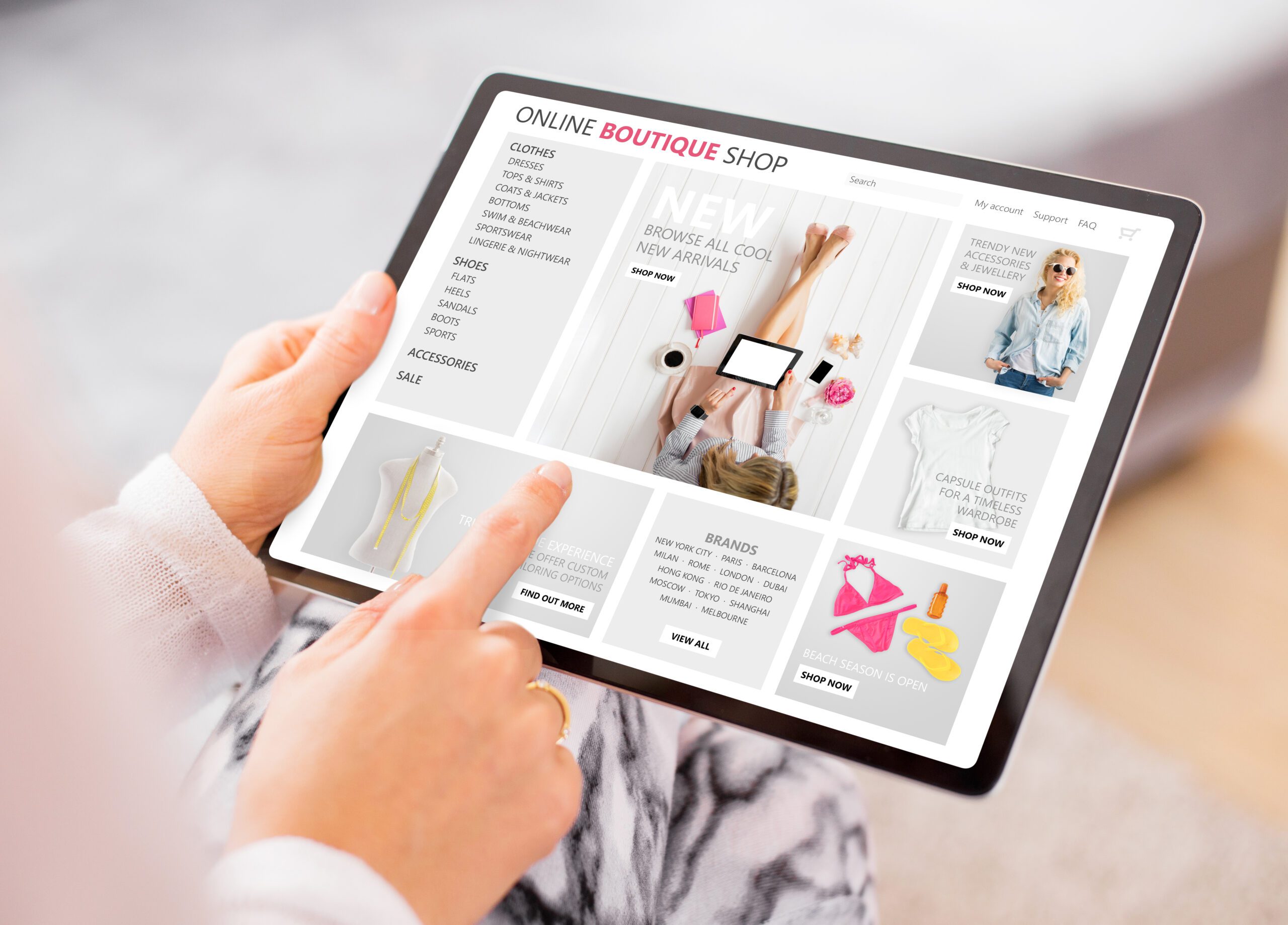Crafting a user-friendly website for business owners requires a deep understanding of UX principles to ensure optimal engagement and satisfaction. User experience (UX), a fundamental aspect of digital product design, e When creating a website for business owners, it is crucial to incorporate subheadings such as H2, H3, H4, etc., that include the focus keyword website for business owners. These subheadings not only enhance the structure and organization of the content but also improve search engine optimization (SEO) by ensuring keyword relevance throughout the page. By strategically placing the focus keyword in the subheadings, you can effectively optimize the website for business owners and enhance its visibility online. ncompasses the holistic interaction between users and digital platforms such as websites, applications, and online services.
For business owners, grasping UX principles is crucial for creating engaging digital experiences that connect with users and spark meaningful interactions. Let’s explore the core elements of UX and discover how it can transform your online presence.

Exploring the Fundamental Tenets of UX Laws
At the heart of effective UX design are the laws and guiding principles underpinning user-centric design practices, shaping intuitive, seamless, and engaging user experiences. Let’s delve into some key UX laws and their practical implications with examples:
Streamlining Decision-Making with Hick’s Law
Hick’s Law posits that the number of choices presented to users directly impacts their decision-making time. Consider an online store offering a range of products.
The site streamlines the decision-making process by categorizing items into clear sections and providing filtering options based on user preferences, such as price range or product type. This simplicity facilitates quicker purchasing decisions, enhancing user satisfaction and conversion rates.
Balancing Aesthetics and Usability
Aesthetic appeal and usability are intertwined elements of effective design. For instance, consider a mobile banking app with a sleek and visually appealing interface. While the app’s aesthetic design enhances user engagement, its usability is equally critical.
Incorporating intuitive navigation, clear typography, and accessible color schemes ensures users can effortlessly navigate through banking services, fostering a positive user experience and building trust in the platform.
Embracing Familiarity with Jakob’s Law
Jakob’s Law emphasizes users’ preference for familiar design patterns. Take, for instance, social media platforms like Facebook and Twitter. Despite periodic updates and feature enhancements, these platforms maintain consistent design elements, such as navigation menus’ placement and familiar icons. This adherence to established design norms enhances user familiarity, minimizes cognitive friction, and fosters comfort and ease of use.
Harnessing the Power of White Space
Often overlooked but impactful, white space plays a crucial role in interface design. Consider a news website with ample white space between articles, headlines, and images. This strategic use of white space enhances content readability, allowing users to digest information without feeling overwhelmed.
White space contributes to a more engaging and user-friendly browsing experience by providing a visual breathing room and guiding users’ focus.
Mitigating Cognitive Load with Miller’s Law
Miller’s Law highlights the limitations of human cognitive processing and suggests breaking down information into manageable chunks. For instance, an educational app designed to teach foreign languages may adopt a modular approach, presenting vocabulary lessons in bite-sized segments.
The app reduces cognitive load by presenting information incrementally and providing interactive exercises to reinforce learning, facilitating effective comprehension and retention among users.

Aesthetics or Usability?
In the ongoing discussion between making things look good versus making them easy to use, it’s important to understand that aesthetics and usability go hand in hand. While we all appreciate visually appealing designs, research dating back to 1995 has shown that good looks can enhance usability.
While aesthetics matter, businesses should never sacrifice usability for the sake of appearance. Your website needs to both look good and function well. To strike the right balance, designers should:
Blend Beauty with Practicality
Designers should aim to create visually stunning interfaces that are easy to navigate and use. By combining aesthetic elements with clear navigation and user-friendly features, designers can ensure that the website is both visually appealing and functional.
Put Users First
Effective design begins with understanding users’ needs and preferences. Instead of focusing solely on aesthetics, designers should prioritize user research and feedback to create designs that resonate with the target audience.
Continuous Improvement
Design is an ongoing process of refinement. By gathering user feedback and making iterative improvements based on usability testing, designers can continuously enhance the website’s appearance and usability.
Accessibility Matters
Aesthetically pleasing designs should be accessible to all users, regardless of their abilities. Incorporating accessibility features, such as clear typography and intuitive navigation, ensures everyone can enjoy the website.
Choosing Between a Unique or Traditional Layout: Striking the Right Balance
When deciding between a unique or traditional layout for your website, it’s essential to consider your audience’s expectations and preferences. Your customers are accustomed to navigating various websites and apps, each with its own design conventions and usability patterns.
While a unique layout may initially capture attention, it’s crucial to ensure that it maintains usability and functionality akin to familiar designs. Here’s how to strike the right balance:
User Familiarity
Leverage Jakob’s Law by incorporating familiar design elements and navigation patterns into your layout. While innovation is commendable, users appreciate designs that they can intuitively navigate without a steep learning curve.
Consistency:
Ensure consistency in design elements such as navigation menus, button placements, and visual cues. Consistent design fosters a sense of coherence and predictability, enhancing the overall user experience.
User Testing:
Conduct usability testing with representative users to gauge their interaction with both traditional and unique layouts. User feedback provides valuable insights into which design elements resonate most effectively with your target audience.
Differentiation:
While prioritizing familiarity, don’t shy away from incorporating unique elements that set your website apart. Balance familiarity with innovation to create a memorable and distinctive user experience without sacrificing usability.
Iterative Design:
Adopt an iterative design approach, refining your layout based on user feedback and usability testing results. Continuously iterate on your design to optimize usability while preserving unique elements that enhance user engagement.
Revamp your Website with LightHouse Graphics
We’re dedicated to enhancing your digital presence, focusing on websites tailored specifically for business owners. Our team of experienced designers and developers are committed to translating UX principles into practical solutions that resonate with your audience and facilitate organic business growth.
We believe in collaboration and partnership, working hand-in-hand with you to understand your unique challenges and goals. By combining our expertise with your vision, we strive to create websites that reflect your brand identity and authentically engage your target audience.


